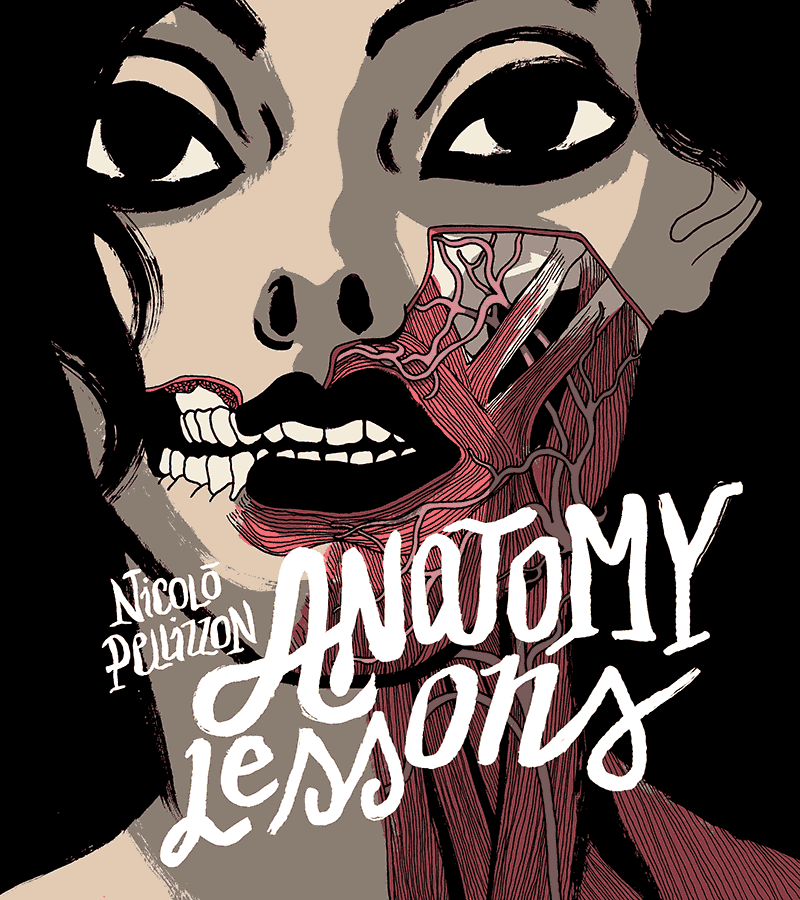



















































Appendix
Prostitution in Italy at the End of the Nineteenth Century
In 19th-century Italy, what bad luck had not done for young widows or unmarried women was caused by malicious tongues-- or, sometimes, simple anonymous letters. The regulations of the Prostitution Surveillance Service Regulations of February 1860 stipulated that women suspected of prostitution outside the so-called "closed establishments” were to be arrested for medical examination (Law 31). The practice was then to be transferred to the neighborhood brothel. "Suspects" also referred to "women known to be practicing the trade" when it was "notorious and confirmed" that such young ladies indulged in prostitution (Law 17). It seems clear how some single women could be subjected to continuous torment simply because of unhealthy complicity between police officers and brothel operators. Thus, appeal and a solitary life could turn into curses of misfortune.
The Twins
There are, in nature, several types of twins.
Monozygotes arise from a single egg cell fertilized by a single sperm cell.
By various coincidences, the egg cell divides into two, resulting in two individuals of identical sexuality and appearance.
False (heterozygotic) twins are actually just regular siblings, developed from different eggs and different sperm, but born at the same time.
Genetics studies have recently discovered a third type of twin, identified during the study of another rare case (one of the two children was a hermaphrodite). It is possible, in fact, rarity among rarities, for twins to be born thoroughly similar in appearance but of different sexes. This occurs in a single egg fertilized by two spermatozoa, and the causes leading to the generation of two separate individuals are very complex and the result of consecutive coincidences. Such children are often mistaken for false twins, but their genesis was anything but separate.
Cholera
The worst of the three cholera epidemics that struck Italy during the nineteenth century was surely that of 1865-1867 in which 160,000 souls were mowed down by the diabolical vibrio cholerae. Few were the differences between those dark times and the dramatic periods of the medieval Black Death. Some locate the causes of the epidemics in planetary coincidences or in poisonings intended by the government to target overpopulation in populous centers. Throughout the century, people relied more on religious devotion and folk beliefs than on medicine.
Medicine and the experimental method
Writing Isabelle Stengers in her essay "The Doctor and the Charlatan" (in Tobie Nathan and Isabelle Stengers, Doctors and Sorcerers, Bollati Boringheri, 1996):
"[...] it is, however, from the question of the 'charlatan' that I would like to construct my approach to so-called modern medicine, and more precisely from the transformation of the type of denunciation of which the 'charlatan' is the object, and the transformation of his identity.
This choice primarily translates the fact that, in medicine, the issue of rationality has a polemical emphasis absent anywhere else. Certainly, it was polemical that chemistry differed to alchemy, astronomy from astrology, Darwinian biology from the 'fixity' doctrine of species. But controversy, in all these cases, is part of the origin story or edifying pedagogy. The astrologer does not haunt the astronomer who feels no fear of being confused with this 'other' whom, often, he has never met. No procedure specific to the astronomer's profession aims to establish the difference from the knowledge of astrologers. The controversy is emblematic, but it creates neither obligation nor problem. In the case of medicine, conversely-and one thinks here of so-called "sweet" medicines-the reference to the charlatan remains central, incessantly recalled and re-explained to the public, the press, the public authorities, even implicitly organizing, as we shall see, medical and pharmaceutical research."
And a few pages further on:
" [...] for Kant, the so-called 'Copernican revolution' expresses the fact that the scientist no longer learns from the phenomenon, but rather interposes his own questions on it. Which means that such a scientist possesses on the phenomenon a point of view that enables him to predict a priori which questions are relevant, which manipulations will stage the dominant casual relations, those that organize all others."
